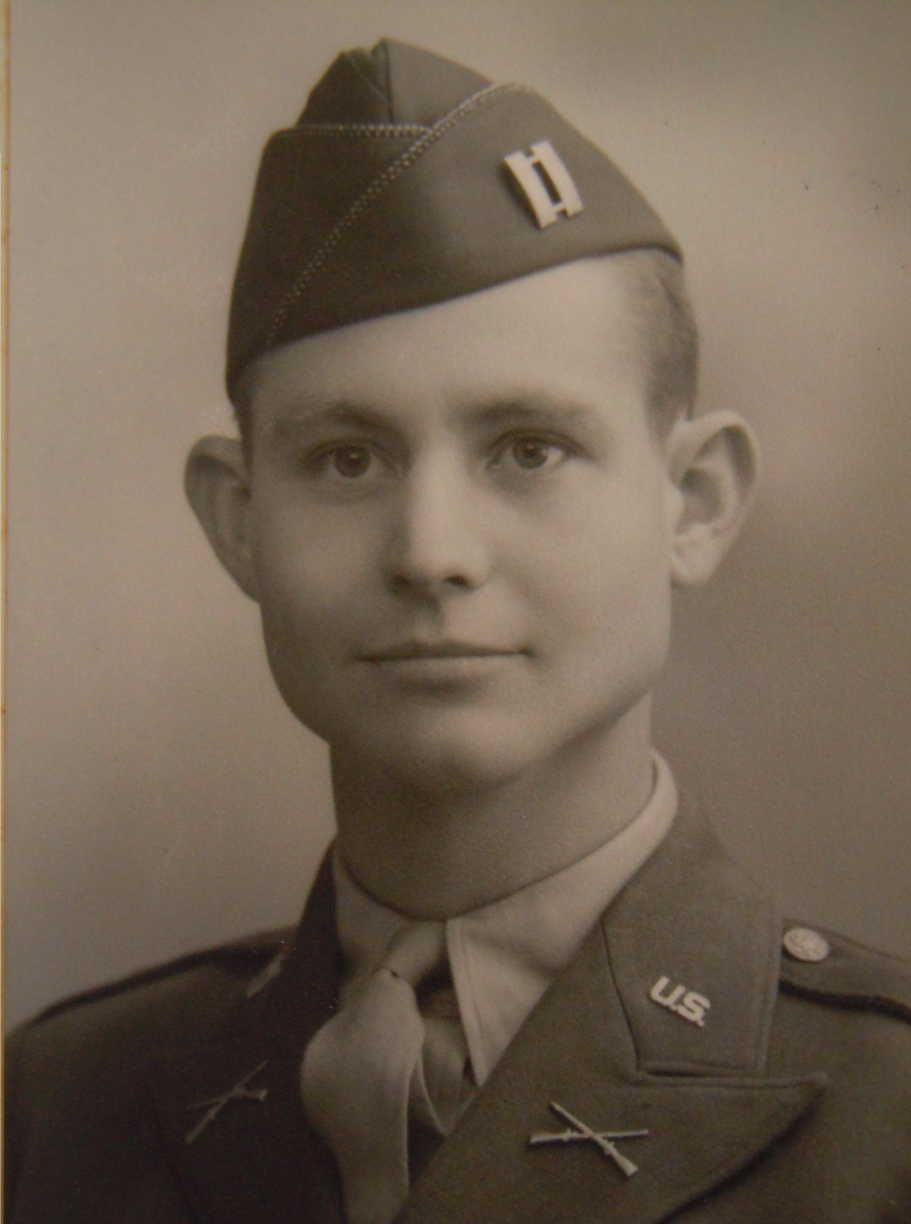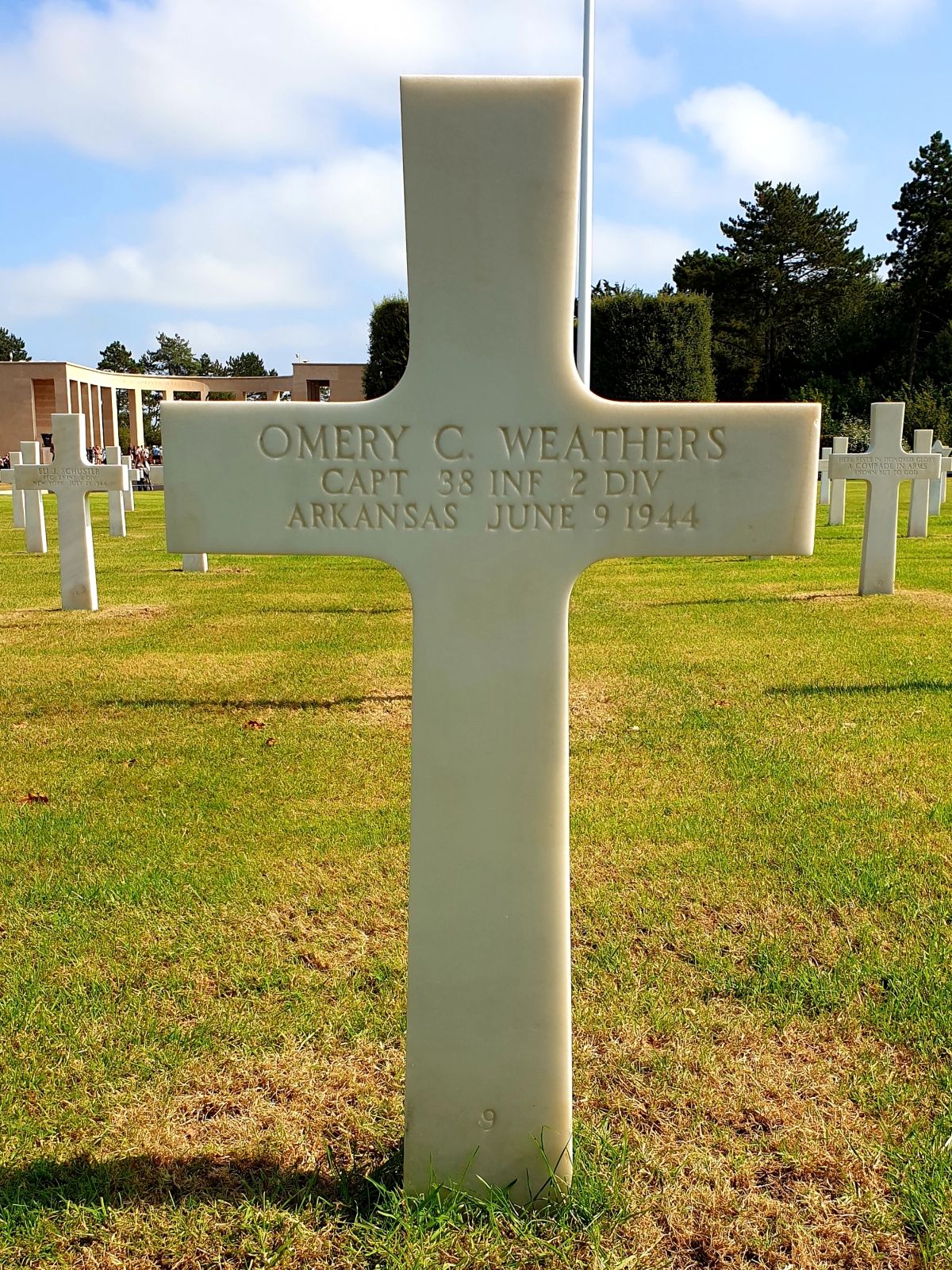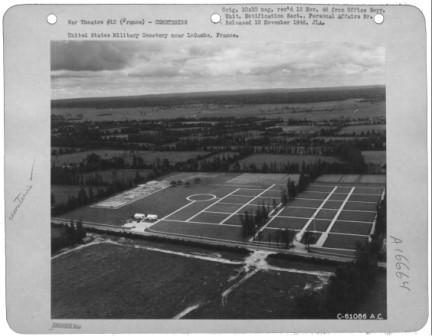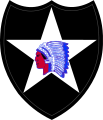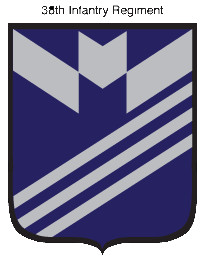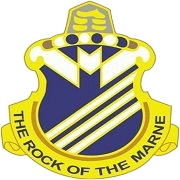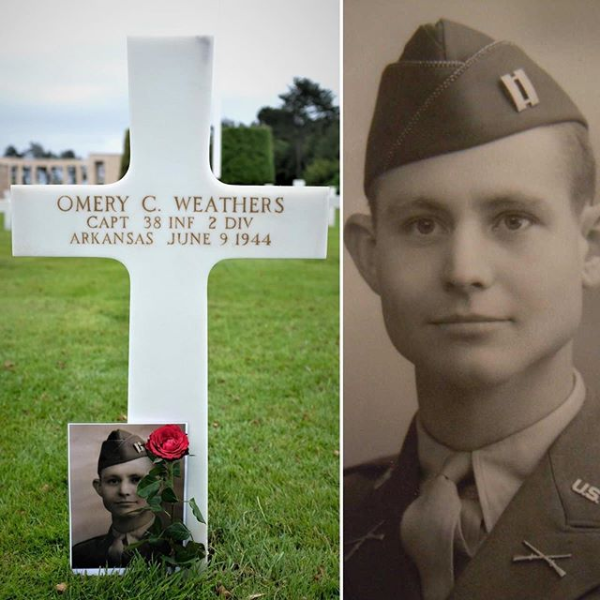|
Omery Carl WEATHERS
| ||||||||||||||||||||||||
|---|---|---|---|---|---|---|---|---|---|---|---|---|---|---|---|---|---|---|---|---|---|---|---|---|
|
Source : Doris JOA
| ||||||||||||||||||||||||
| NUMBER OF SERVICE | O-410223 | |||||||||||||||||||||||
| AGE | 24 yo | |||||||||||||||||||||||
| DATE OF BIRTH | 4 February 1919 Mammoth Spring, Fulton County, ARKANSAS | |||||||||||||||||||||||
| ENLISTMENT STATE | ARKANSAS | |||||||||||||||||||||||
| FAMILY | Parents : Omery Carl & Lucy Ethel Rowden WEATHERS | |||||||||||||||||||||||
| RANK | Captain | |||||||||||||||||||||||
| FONCTION | Infantry Man | |||||||||||||||||||||||
| JOB BEFORE ENLISTEMENT |  | |||||||||||||||||||||||
| DATE of ENLISTEMENT | ||||||||||||||||||||||||
| COMPANY | Company K | |||||||||||||||||||||||
| BATTALION | 3rd Battalion | |||||||||||||||||||||||
| REGIMENT | 38th Infantry Regiment | |||||||||||||||||||||||
| DIVISION | 2nd Infantry Division | |||||||||||||||||||||||
| DATE OF DEATH | 9 June 1944 |
Source : normandybrew | ||||||||||||||||||||||
| STATUS | KIA | |||||||||||||||||||||||
| PLACE OF DEATH | Place | |||||||||||||||||||||||
| DATA PLAN | Trévières battle | |||||||||||||||||||||||
| CEMETERY TEMPORARY |
CEMTERY TEMPORARY of La Cambe N°3539
| |||||||||||||||||||||||
| CEMETERY | NORMANDY AMERICAN CEMETERY of Colleville | |||||||||||||||||||||||
| GRAVE |
| |||||||||||||||||||||||
| DECORATION |
| |||||||||||||||||||||||
| ||||||||||||||||||||||||
| STORY | ||||||||||||||||||||||||
|
Distinguished Service Cross Citation
As Captain Weathers' company crossed its line of departure, artillery was placed on enemy front lines in support of the advance. His troops had moved but a short distance when an intense enemy artillery concentration pinned them to the ground. Realizing that excessive losses from enemy small arms and automatic weapons fire would be incurred unless the men moved under the protection of our artillery, Captain Weathers courageously ran across the entire company front alone toward the enemy line. Inspired by their commander's gallantry, the men followed his example and began a vigorous assault. Advancing but a short distance, Captain Weathers was killed by an artillery shell which landed near him. By his coolness and bravery under fire, his personal sacrifice and his unswerving devotion to duty, Captain Weathers acted in keeping with the highest traditions of the military forces of the United States, reflecting great credit upon himself, the 2nd Infantry Division, and the United States Army. | 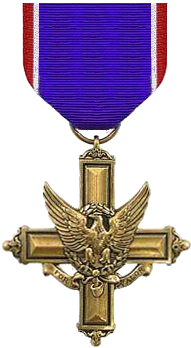 | |||||||||||||||||||||||
|
Source : Florent Plana - ABMC | ||||||||||||||||||||||||
Activated/Activé |
Normandy/Normandie |
| 26 Octobre 1917 | Days of Combat/Jour de Combat 303 |
| Casualties/Victimes 16 795 | |
Entered Combat/Entré au combat |
|
| 8 Jun 44 Normandy | |
|
Commanding Generals/Commandants généraux Maj. Gen. John C. H. Lee (Nov 41 - May 42) |
Campaigns/CampagnesNormandy (6 Jun 44 - 24 Jul 44) |
PLAN DE ROUTE DE LA CAMPAGNE - CAMPAIGN ROUTE MAP |
|
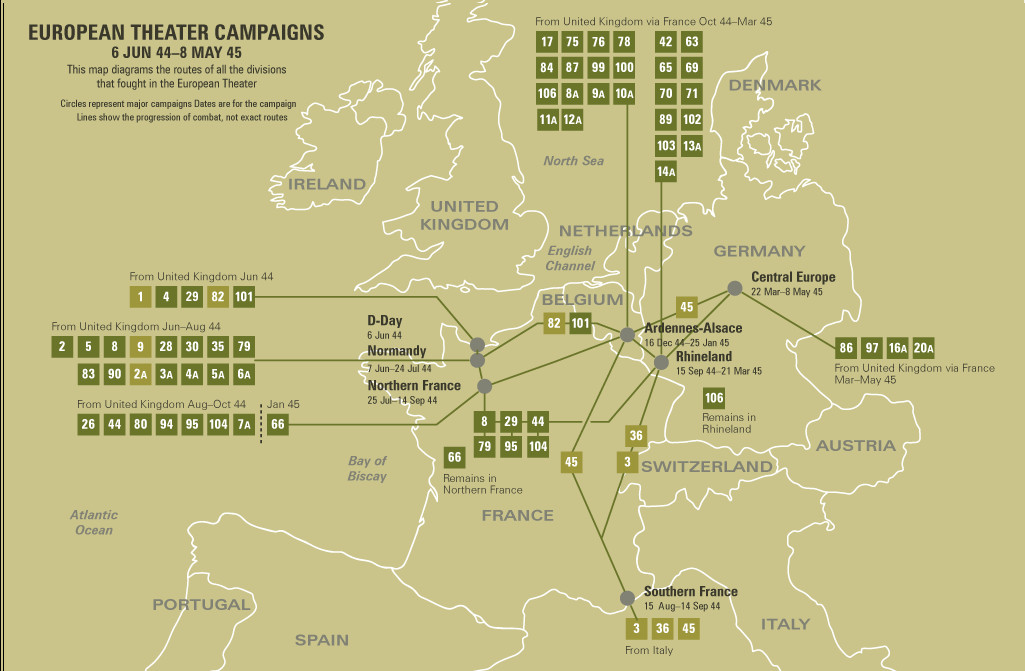 |
|
DIVISION CHRONICLEAfter training in Ireland and Wales from October 1943 to June 1944, the 2d Infantry Division crossed the channel to land on Omaha Beach on D plus 1, 7 June 1944, near St. Laurent-sur-Mer. Attacking across the Aure River, the Division liberated Trevieres, 10 June, and proceeded to assault and secure Hill 192, the key enemy strongpoint on the road to St. Lo. With the hill taken 11 July 1944, the Division went on the defensive until 26 July. Exploiting the St. Lo break-through, the 2d Division advanced across the Vire to take Tinchebray 15 August 1944. The Division then moved west to join the battle for Brest, the heavily defended fortress surrendering 18 September 1944 after a 39-day contest. The Division took a brief rest 19-26 September before moving to defensive positions at St. Vith. The German Ardennes offensive in mid-December forced the Division to withdraw to defensive positions near Elsenborn, where the German drive was halted. In February 1945 the Division attacked, recapturing lost ground, and seized Gemund, 4 March. Reaching the Rhine 9 March, the 2d advanced south to take Breisig, 10-11 March, and to guard the Remagen bridge, 12-20 March. The Division crossed the Rhine 21 March and advanced to Hadamar and Limburg, relieving elements of the 9th Armored Division, 28 March. Advancing rapidly in the wake of the 9th Armored, the 2d Division crossed the Weser at Veckerhagen, 6-7 April, captured. Gottingen 8 April, established a bridgehead across the Saale, 14 April, seizing Merseburg on the 15th. On the 18th the Division took Leipzig, mopped up in the area, and outposted the Mulde River; elements which had crossed the river were withdrawn 24 April. Relieved on the Mulde, the 2d moved 200 miles, 1-3 May, to positions along the GermanCzech border near Schonsee and Waldmunchen, and attacked in the general direction of Pilsen, reaching that city as the war in Europe ended. |
CHRONIQUE DE DIVISIONAprès s'être entraînée en Irlande et au Pays de Galles d'octobre 1943 à juin 1944, la 2e Division d'infanterie traverse le chenal pour débarquer à Omaha Beach le jour du 1er au 7 juin 1944, près de Saint-Laurent-sur-Mer. Attaquant de l'autre côté de la rivière Aure, la division libéra Trévires, le 10 juin, et attaqua et sécurisa la colline 192, le principal point d'appui de l'ennemi sur la route de Saint-Lô. Avec la montée de la colline le 11 juillet 1944, la division est passée sur la défensive jusqu'au 26 juillet. Exploitant la percée de Saint-Lô, la 2 e division avança à travers la Vire pour prendre Tinchebray le 15 août 1944. La division se dirigea ensuite vers l'ouest pour rejoindre la bataille de Brest, la forteresse fortement défendue capitulant le 18 septembre 1944 après un combat de 39 jours. La division a pris un peu de repos du 19 au 26 septembre avant de passer à des positions défensives à St. Vith. L'offensive des Ardennes allemandes à la mi-décembre a contraint la division à se replier vers des positions défensives près d'Elsenborn, où la campagne allemande a été stoppée. En février 1945, la division attaqua, reprenant le terrain perdu et s'empara de Gemund le 4 mars. Atteignant le Rhin le 9 mars, le 2d s'avance vers le sud pour prendre Breisig, 10-11 mars, et pour garder le pont de Remagen, du 12 au 20 mars. La Division a traversé le Rhin le 21 mars et a avancé à Hadamar et Limburg, en soulageant des éléments de la 9ème Division Blindée, le 28 mars. Avançant rapidement dans le sillage de la 9ème Armored, la 2d Division a traversé la Weser à Veckerhagen, 6-7 avril, capturé. Göttingen, le 8 avril, établit une tête de pont à travers la Saale, le 14 avril, s'emparant de Merseburg le 15. Le 18, la division s'empare de Leipzig, épongée dans la région, et a quitté la rivière Mulde; les éléments qui avaient traversé la rivière ont été retirés le 24 avril. Relâché sur la Mulde, le 2d se déplace de 200 miles, 1-3 mai, à des positions le long de la frontière Tchécoslovaque près de Schonsee et Waldmunchen, et attaque dans la direction générale de Pilsen, atteignant cette ville comme la guerre en Europe a pris fin. |
| SOURCE INFORMATION & PHOTO | Armydivs.squarespace.com |
|---|
| SOURCE INFORMATION & SOURCE PHOTO | Florent PLANA - Findagrave.com - Abmc.gov - ABMC(Instagram.com) - Actu.fr/normandie |
|---|---|
| PROGRAMMER | Henri, Garrett, Clive, Frédéric & Renaud |




















